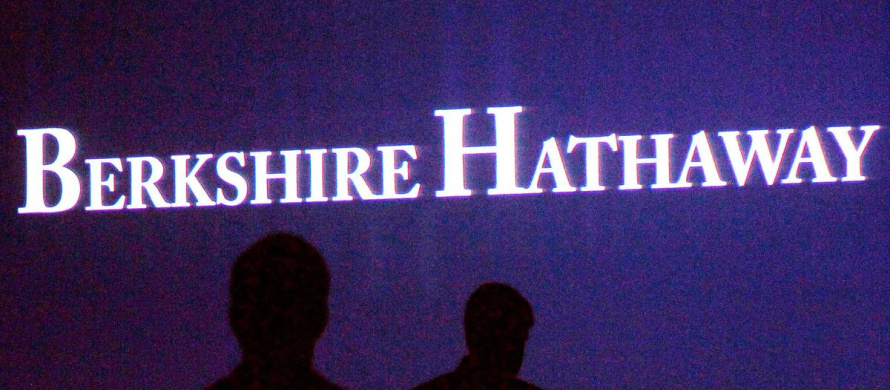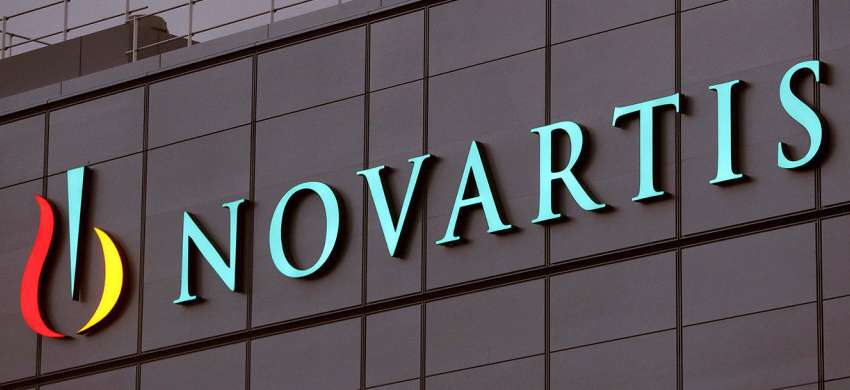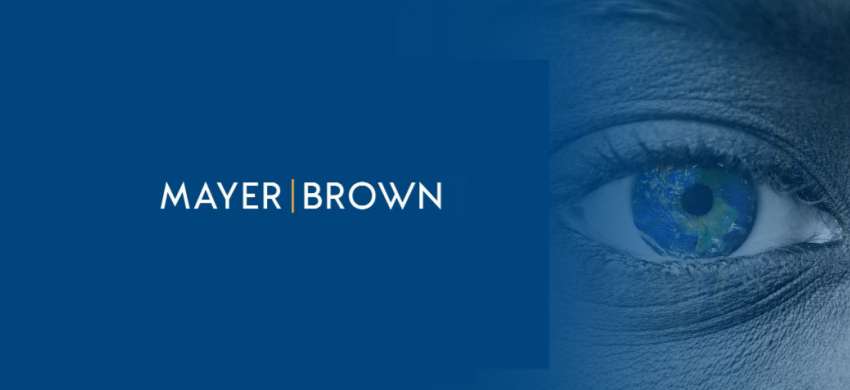Company name: Berkshire Hathaway Inc.
Founder: Warren Buffett
Year: 1839
Total Assets: US$ 707.8 billion
Revenue: US$ 247.5 billion
Net Income: US$ 4.02 billion
Country: United States of America
Headquarter: Omaha, Nebraska, United States
Industry: Conglomerate
Webpage: http://berkshirehathaway.com/
Number of employees: 389,373
Berkshire Hathaway Inc. is a holding company owning subsidiaries in a variety of business sectors. The Company’s principal operations are insurance businesses conducted nationwide on a primary basis and worldwide on a reinsurance basis. Berkshire’s other operations include a railway company, a specialty chemical company, and the international association of diversified businesses.
Buffett builds up Berkshire Hathaway by buying stock in undervalued firms, getting several of these businesses, then permitting wide autonomy to the managers of the subsidiaries. From the first days of his tenure, insurance firms fashioned an oversized part of the Berkshire Hathaway portfolio. National Indemnity Company and National Fire and Marine Insurance company (now a section of National Indemnity) were each purchased in 1967, followed by GEICO in 1996 and General insurance in 1998. However, the company’s acquisitions have invariably been quite heterogeneous, including, for instance, Scott Fetzer Company (1986), owner of the reference and academic publisher World Book; Benjamin Moore, maker of paint (2000); and Fruit of the Loom (2002), manufacturer of underwear.
Berkshire Hathaway also has vital shareholdings in firms it doesn’t control. For example, since 1989 it’s owned between 6 and 10 percent of the Coca Cola Company. Berkshire Hathaway Inc. began as a textile company, incorporated as Berkshire Cotton Manufacturing Company in Massachusetts in 1889. In 1929 several other New England textile makers with abundant common ownership—Valley Falls Company, Coventry Company, Greylock Mills, and Fort Dummer Mills—merged into the corporate, which was then renamed Berkshire Fine Spinning Associates. This operation accounted for about 25% of the fine cotton textile manufacturing in the USA.
The glory years of the New England textile trade were numbered. The Great Depression of the 1930s contributed to its decline, as did competition from the South and overseas. Wages were lower in the South, and Southern employees had fewer alternatives than New Englanders for operating in the textile mills. Further, market factors favored the coarser varieties of merchandise made within the South, whereas wage differentials between the USA and foreign competition were typically vital.
Berkshire Hathaway became the highest-priced stock on the stock exchange, at about $4,300 a share, up from $12 a share once Buffett initial bought the company. The worth hit a high for the last decade of quite $8,000 a share; however, Buffett invariably inspired patrons to be within the marketplace for the long-term. He wasn’t of the do-as-I-say-not-as-I-do faculty, for each he and Berkshire had verified them to be semi-permanent shareholders in alternative firms, leading some to look at Buffett as a defense against hostile takeovers.
In the early 1990s Berkshire continuing its trend of buying for complementary firms and large blocks of stock, with the acquisition of H.H. Brown Shoe Company, 31.2 million shares of Guinness PLC, and 82% of Central States Indemnity in 1991, and Lowell Shoe Company and 14.1% of General Dynamics Corp. in 1992.

During the mid-1990s Berkshire Hathaway unnoticeably modified course from a strategic semi-permanent investment conglomerate to one still abundantly inquisitive about finance however leaning additional heavily toward getting and truly in operation these investment opportunities. As early as 1993 in its annual solicitation for enticing acquisitions, Berkshire had raised the stakes by as well as the statement, “We would be likely to acquire the $2-3 billion range.”
Back in 1973, Buffett warned that Berkshire Hathaway’s sheer bulk would veto it from continued to grow at rates of 15 to 20 percent a year. That warning was premature. For the ensuing decade, the corporate enlarged at that rate, generally considerably additional. Because the century changed, however, the prediction was maybe being realized.
Like other American companies, Berkshire has not been spared by the financial crisis, as proven by the $1.53 billion loss the company suffered in the early a part of 2009 and therefore the 20$ reduction in its market price from September 2008 to September 2009. Mr. Buffet is not any longer as bold as in 2008. This reflects on the company’s alternative investments. Berkshire has been buying for fewer stocks whereas finance in company and government debt.
Berkshire presently holds 89.8% of the MidAmerican Energy Holdings Company. At the time of purchase, Berkshire’s option interest was restricted to 100% of the company’s shares; however this restriction all over once the general public Utility Holding company Act of 1935 was repealed in 2005. A significant subsidiary of MidAmerican is cerium electrical GB.
This initial investment in insurance was the beginning of Berkshire Hathaway’s rise to the investment legend it’s become these days. During a few years, Berkshire Hathaway would acquire GEICO General insurance firm, which might raise Buffett’s profits through each insurance premiums and therefore the immense income that may permit more stock investments.
After Warren Buffett took control of Berkshire Anne Hathaway, the company operated in twin roles. First, it maintained its core business of textiles; second, Buffett bit by bit began to use it as an investment vehicle.






